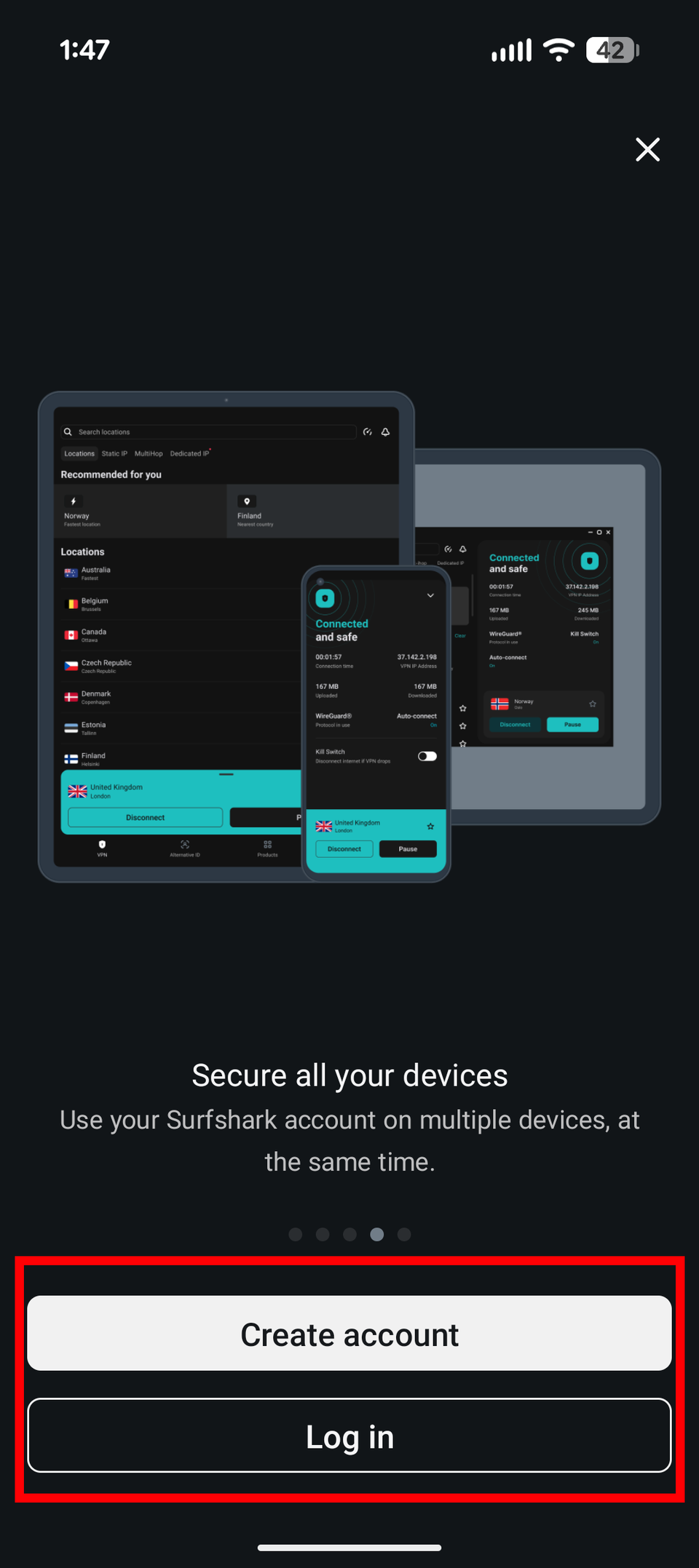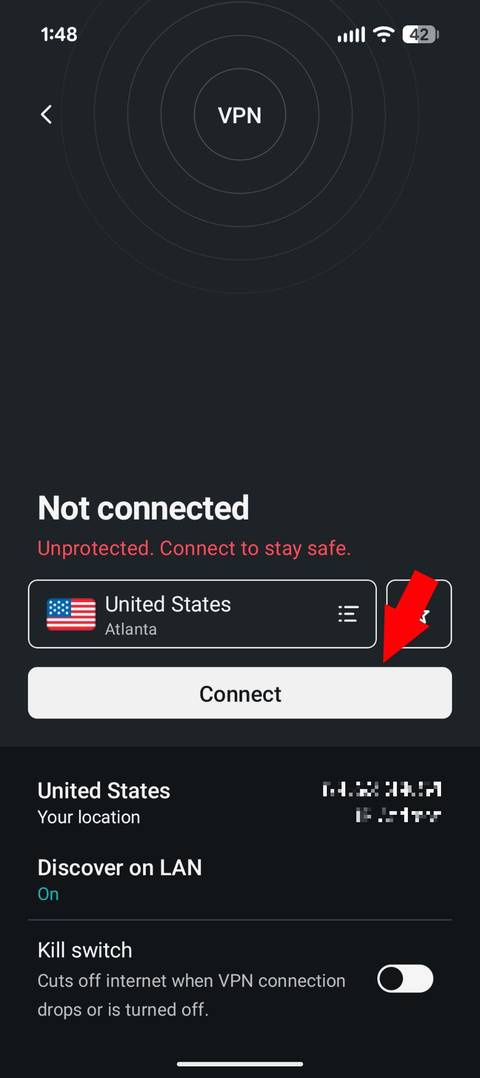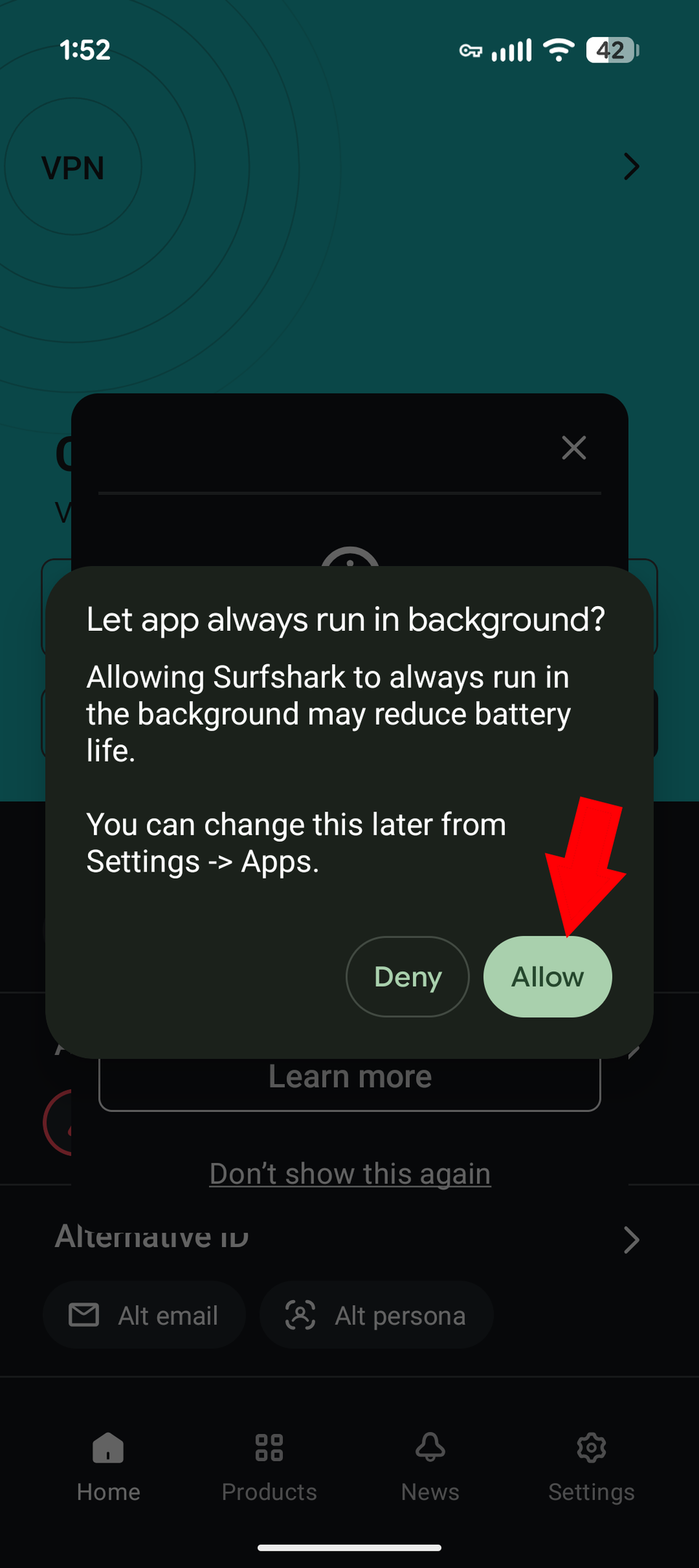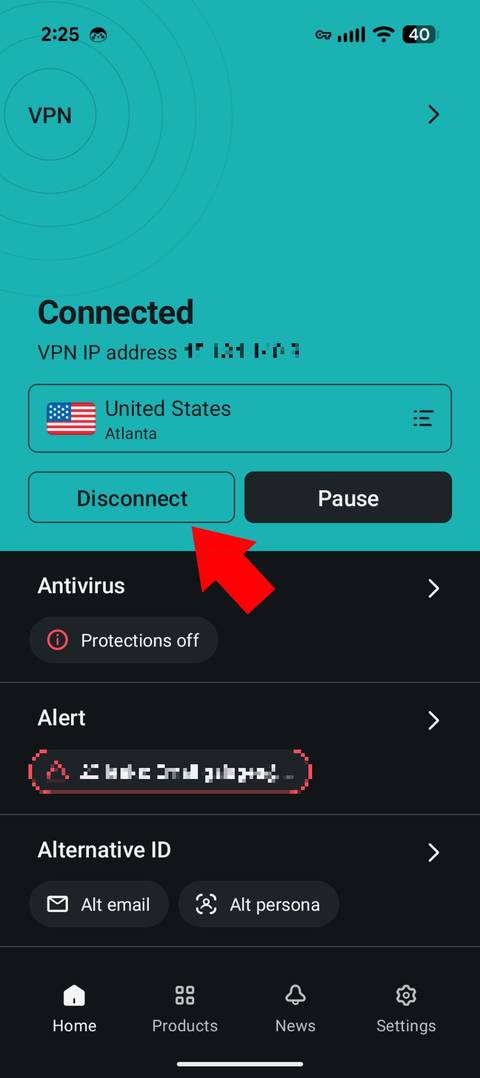So, you are interested in using a VPN on your Android phone. When it comes to VPN services, there are many options. Luckily, they're all pretty easy to use. We'll help you get started.
What is a VPN and how does it work on Android?
First of all, let's talk about what actually happens when you use a VPN. “VPN” stands for “Virtual Private Network”, which is a relatively accurate description of what it does.
A VPN encrypts your device's Internet traffic and sends it through a computer (server) located in another location. It's as if you were using the Internet on this remote device and not on your own. This will hide your identity and make it appear as if you are browsing the Internet from somewhere you are not. If you use a VPN on your Android phone, all traffic from all apps on your Android device, including Chrome and other browsers, will be sent through the VPN tunnel.
There are several reasons why you might want to use a VPN. VPNs are commonly used to bypass regional restrictions. If the movie is not available on Netflix in your country, you can use a VPN to watch it. All you need to do is install a VPN and run it.
If you often torrentusing a VPN is also a good idea. You will be virtually transported to another location and your internet activity will be hidden from your internet service provider. Since your ISP can't track you, you won't have to worry about getting alerts from them about illegal downloads.
What's the best VPN for Android?
Many of the best VPNs are also great choices for your Android device. Because Android apps are simple, you'll rarely have to worry about problems when using any reliable VPN service we recommend. However, always check before fully availing the service. Most VPNs offer a money-back guarantee (usually 30 days), so you can thoroughly test the VPN to make sure it works the way you want it to.
If you're looking for the best VPNs for Android, we've got recommendations for you, but if you want to skip the list, our pick for the best VPN for Android is NordVPN.

- Logging Policy
-
No Logs Policy
- Mobile application
-
Android and iOS
NordVPN is one of the fastest VPN options available. It is also easy to use and compatible with various devices.
How to set up a VPN on Android
Although the VPN service app may look different, the way you use it will be almost the same every time. In this step-by-step process, we're using Surfshark as an example, but we also have screenshots of the free VPN service Windscribe so you can see how similar it is.
These screenshots were taken on Google Pixel 9a.
To get started, download the VPN app and open it; in this case it is Surfshark. Create an account or sign in if you've already done so on another device.

You will be taken to the main screen of the app, which should be the screen to activate the VPN. Click the Connect button (or its equivalent in the app of your choice), allow the app to run in the background when prompted, and you're good to go.


Here's the same process for Wind Scribe. Apart from the UI looking different, the process remains the same.
How to disable VPN on Android
Turning off a VPN is as easy as turning it on: simply click the Disconnect button (or its equivalent in your app of choice) and the VPN will turn off.

If you have the kill switch enabled, manually disabling the VPN should not trigger it.
That's it! But don't stop at installing a VPN on your Android device—be sure to download a VPN and protect everything you can.

- Logging Policy
-
No Logs Policy
- Mobile application
-
Android and iOS
- Number of servers
-
3200+
- Free trial
-
30-day money back guarantee
- Encryption
-
AES-256
Surfshark is incredibly easy to use on Android, and with a starting price of just $1.99 per month, you can't go wrong.






